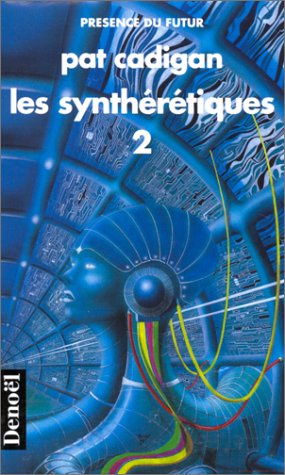What do you think?
Rate this book


352 pages, Mass Market Paperback
First published February 1, 1991
‘Ah. I thought you looked like you needed, um, change for the machines.’ Gabe shrugged self-consciously; he could feel the entire common room watching.
The man’s smile was unexpectedly broad and sunny. ‘That’s a good way to put it. How did you know?’
Gabe had the sensation of going over a mental speed bump. ‘Excuse me?’
‘My whole life has been, “Okay, change for the machines.” Every time they bring in a new machine, more change.’